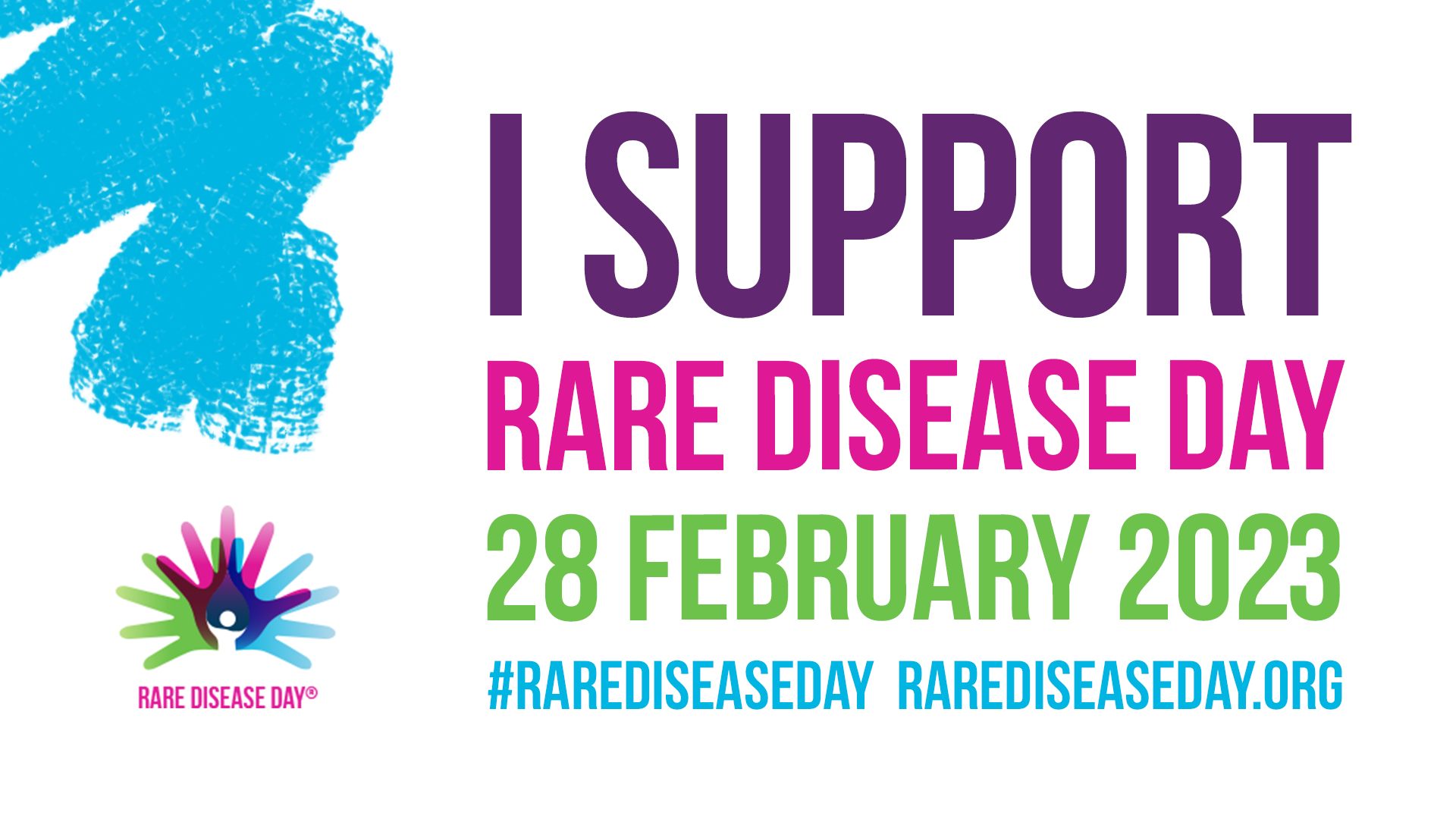
Rare Disease Day is a very important reminder of the struggles faced by those living with rare conditions across the world, including their family and loved ones. In my early years as a physician, I witnessed first-hand the impact rare diseases can have on patients and families. A day I remember very well early in my career is when I first met a pediatric patient suffering from a rare genetic disorder, where the disease eventually affected the child’s hearing and ability to eat. As you can imagine, life for this patient and their family was far from easy. Throughout my career, I’ve had various opportunities to bring forward life changing treatments. Being on the front line of helping organizations like Blueprint Medicines develop more effective, innovative solutions for patients needs has been the most powerful and rewarding motivator in my life.
There are approximately 8,000 rare diseases in existence1, and it’s estimated that 300 million people worldwide live with a rare condition2. While there have been several important advances in diagnosis, treatment and care in the last decade, with only around 250 treatment solutions approved3, there’s still a lot more to be done to effectively manage these often-debilitating diseases.
This year, EURORIDS (organizer of Rare Disease Day and leading alliance of rare disease patient groups), issued a clear call to action: Work towards equity in social opportunity, healthcare and access to diagnosis and treatment for people living with a rare disease.
Blueprint Medicines and Rare Diseases
EURORDIS’ goal is greatly relevant to my role at Blueprint Medicines. I’m proud to work as part of a team dedicated to identifying and breaking down barriers to diagnosis and treatment for diseases such as systemic mastocytosis (SM).
SM is just one of those estimated 8,000 rare diseases, affecting approximately 40,000 people in Europe4 and approximately 32,000 patients in the U.S.5 A rare hematological disorder, SM results in uncontrolled activation and proliferation of mast cells across multiple organ systems6,7 causing allergic reactions, fainting, inflammation, and other immune responses. People with SM are often living in fear of the onset of an attack that mimics a severe allergic reaction, which can profoundly impact the quality of a person’s life.8
Ensuring physicians are equipped with the knowledge and tools to diagnose and treat SM, ultimately shortening the window between onset of symptoms and diagnosis, is just one of the many steps our team is taking to meet the SM community’s needs. Another critical step is collaboration. Over the last decade, Blueprint Medicines has worked closely with the SM community, including disease experts and patient organizations, to improve care for all those living with the disease. We fundamentally believe that when we work together, we can go further. Collaboration with the wider rare disease community and learning from our peers is the right thing to do for patients and their loved ones.
TOGETHER, in honor of Rare Disease Day 2023, let’s acknowledge there is still a large amount of work to do to achieve greater equity for patients living with a rare disease. One person alone cannot move the needle to achieve equitable, life-changing value for the 300 million living with a rare disease. But together, we can.
